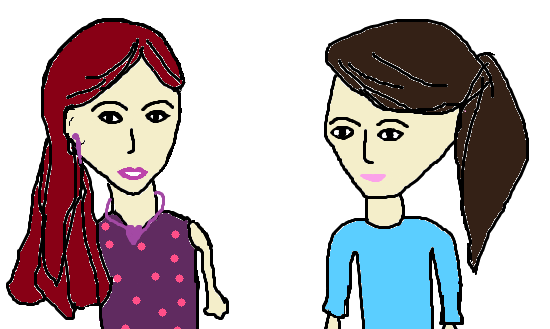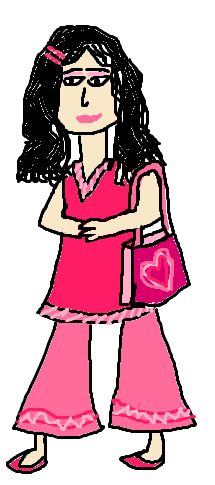Date: 28th December, 2014
Session # 21
Attended by: 8 participants
Report written by: Zainab Salman
Session # 21
Attended by: 8 participants
Report written by: Zainab Salman
Today was the 21st
session of Thinkers’ Club. This session was about a game that we were going to
play. First, we used building blocks to build lots of small things, which were
obstacles that we would use for the game. We arranged them on the carpet. Then,
we were divided into four groups, 2 children in each group. The game was
explained. A group of boys went first. One of them was blindfolded and had to
make his way through the obstacles without touching the He was called the
‘follower’. His partner, the ‘leader’ or ‘guide’, was to direct him and tell
him, which way to go. Every child was blindfolded once, and every child was made
a leader once, too. Although just one boy managed to make his way through the
obstacles without hitting them, trying and being careful was fun. The game was
enjoyable, but challenging too. Some
children were worried while others were enthusiastic. But all were enjoying.
After we were finished with the game, we settled down on the mat. We discussed
how we felt when we were blindfolded, what the challenges were, and what we
learnt. We learnt to explain, specifically and precisely, what we wanted to
say. The challenges were to remember clearly the right and left, how to explain
the way to your blindfolded partner, and to go exactly where your partner wants
you to go without touching the blocks.
This game is actually like your
life. You have lots of obstacles in your life. When you can’t see where you are
going, you have guides to lead you to your destination.
We also noted down what a guide and
follower should take care of:
A guide should…
- Keep calm
- Think before giving instructions
- Make sure that his/her partner is clear about right and left.
A follower should…
- Follow and trust his partner
- Be clear about right and left
- Not give up
- Be confident
- Listen attentively to his guide
From this activity we learnt about
leadership, teamwork, guiding clearly, having confidence in yourself,
cooperation, coordination, and understanding what it feels like to be blind.
The home task was to check the dictionary, read the meanings of the words
‘specific’ and ‘precise’, write them down, along with any examples. Although
this session was supposed to be about the questions asked in the last session,
but as many kids were not present, the questions will be discussed and answered
next time. However, the questions will be posted on the blog soon, so kids can
ponder upon them. This session was fun and interactive.










